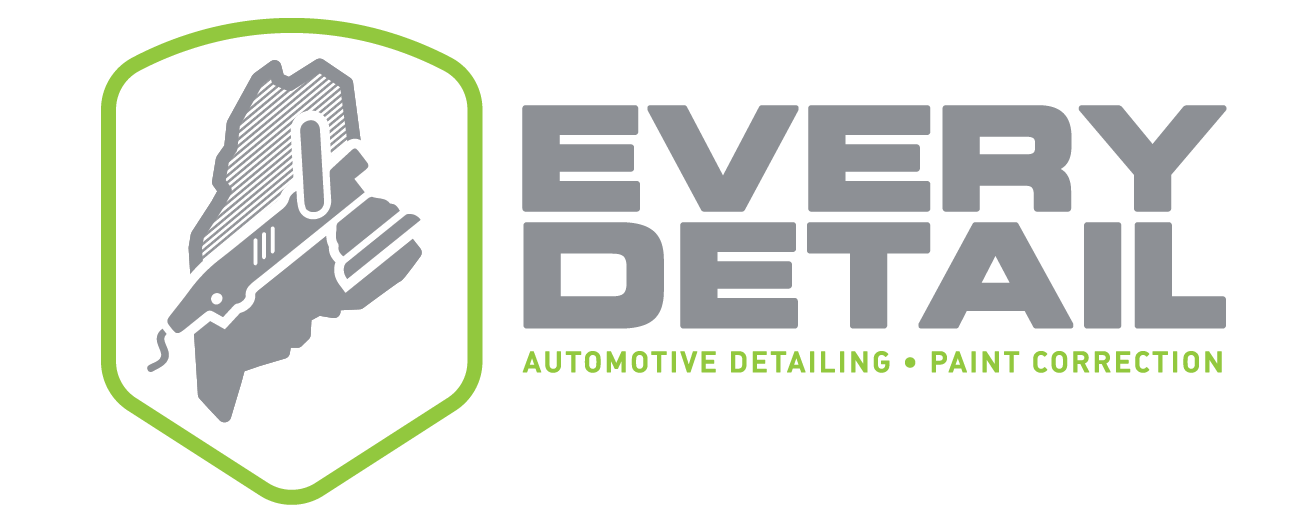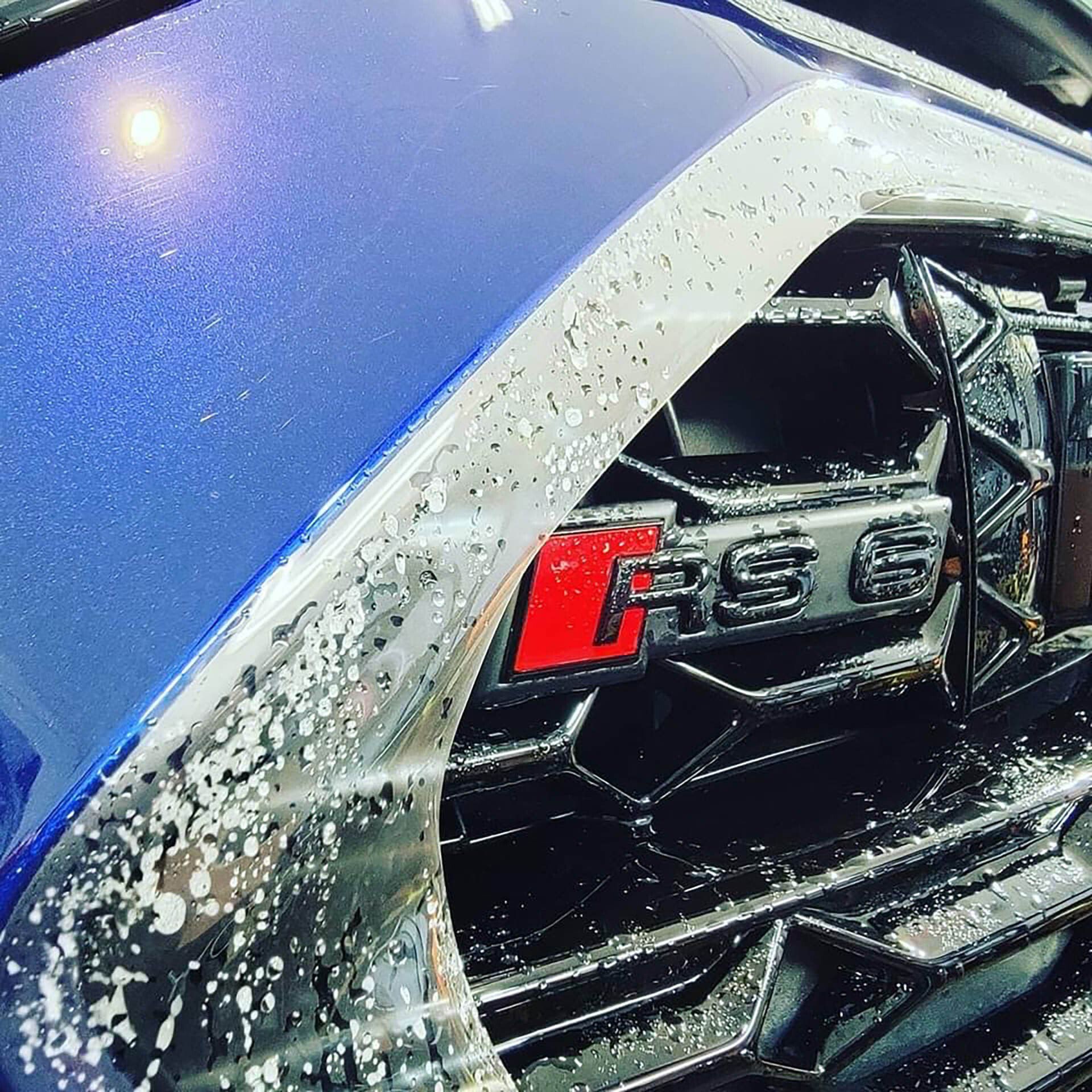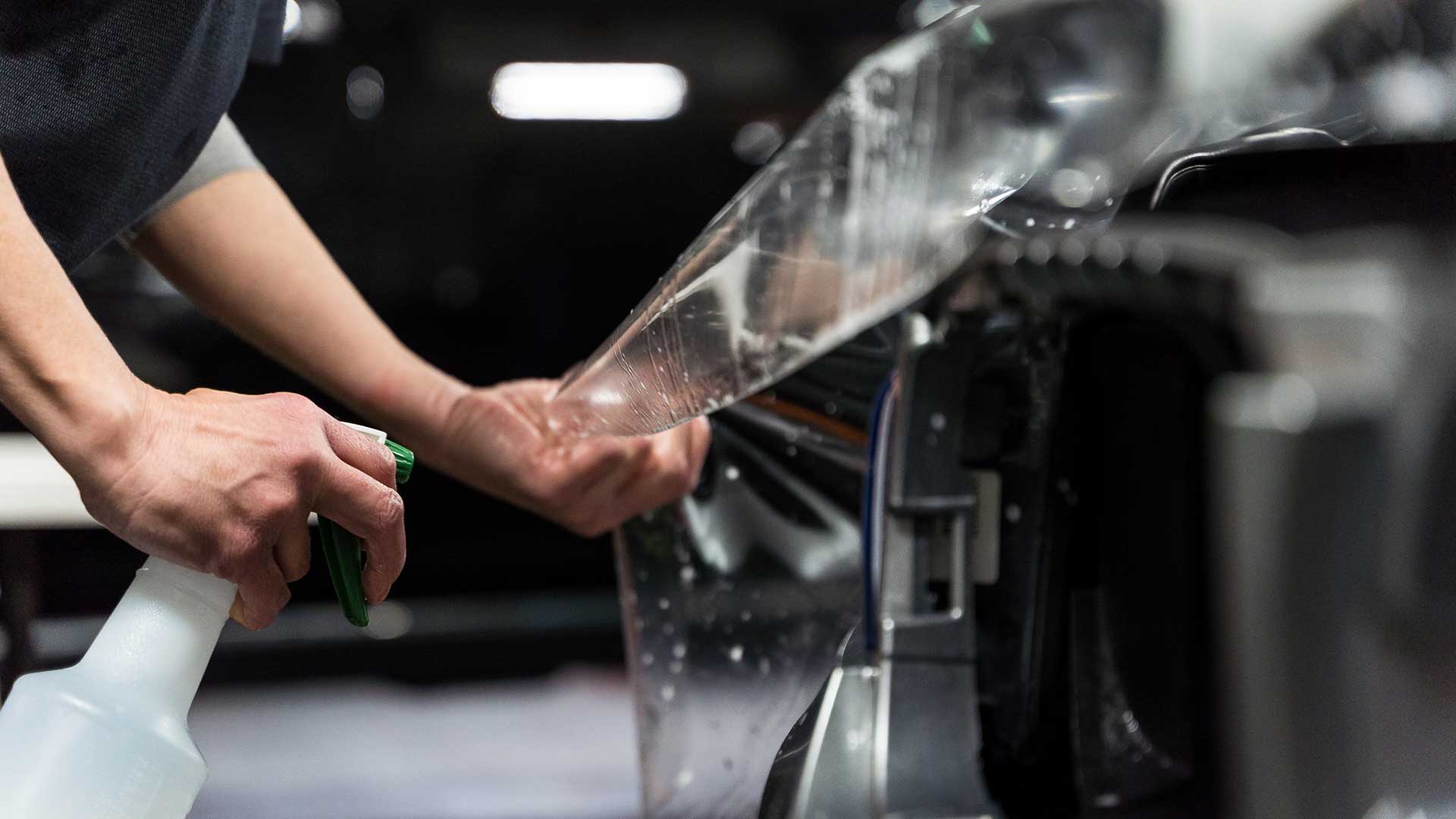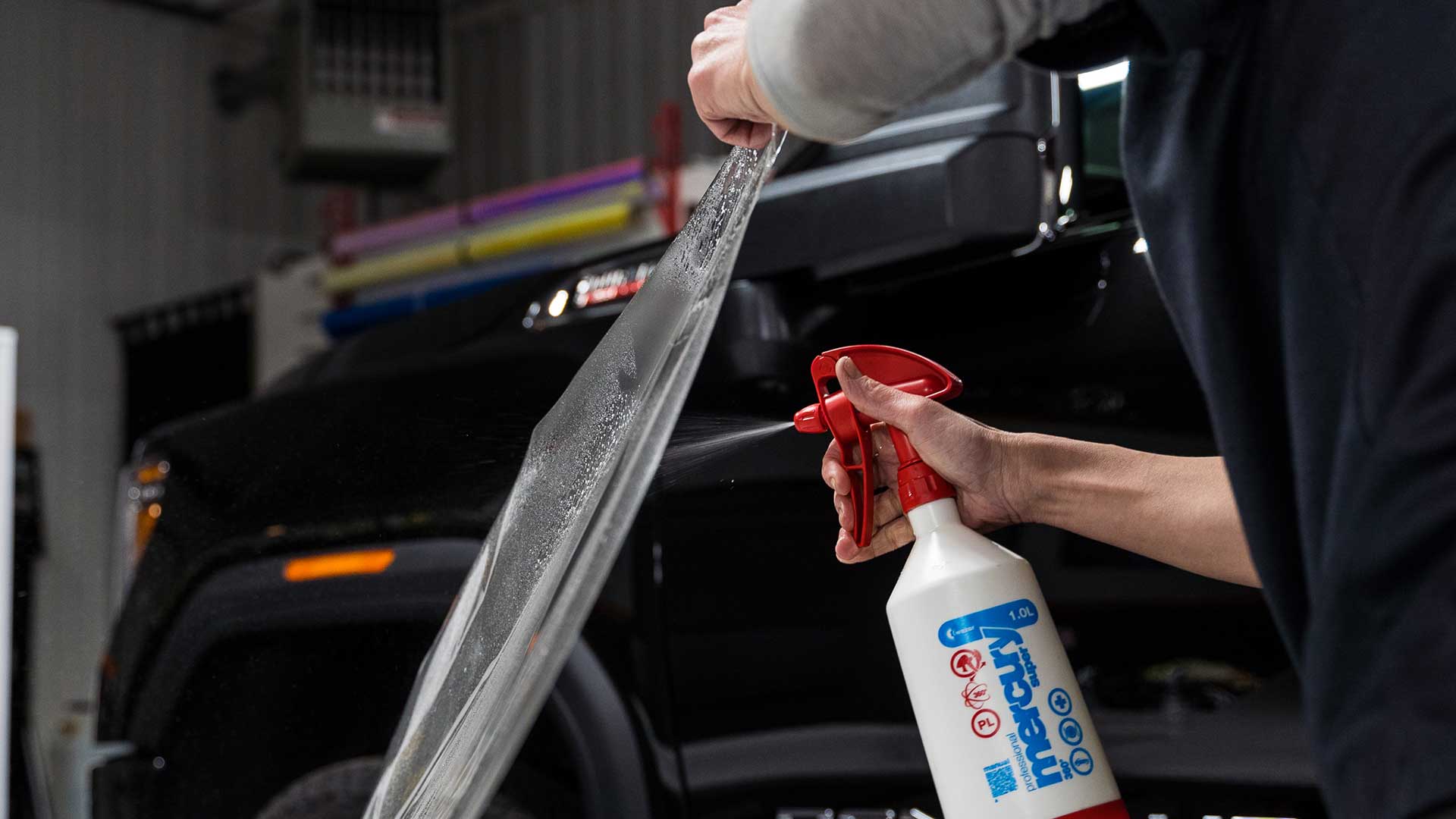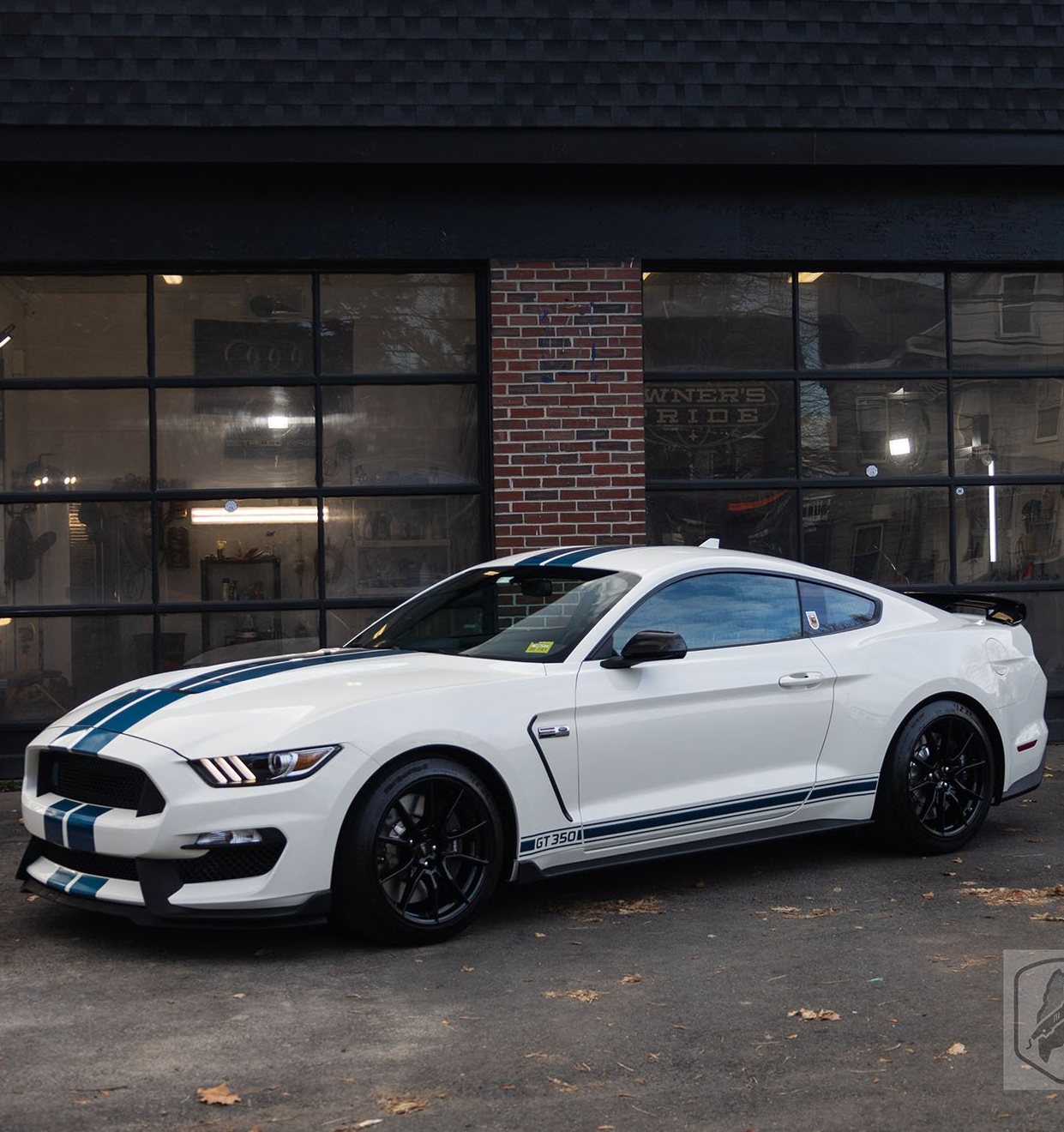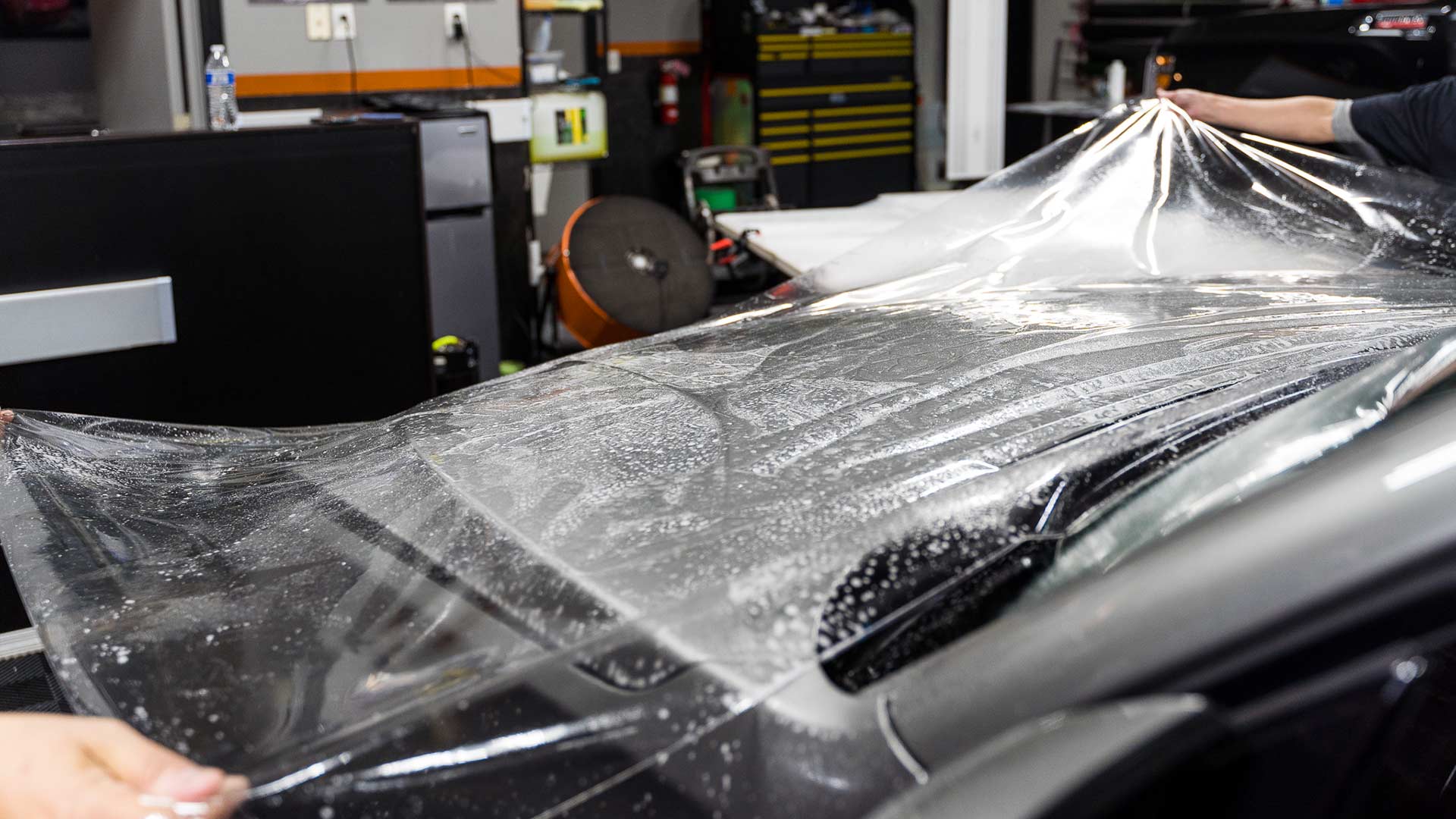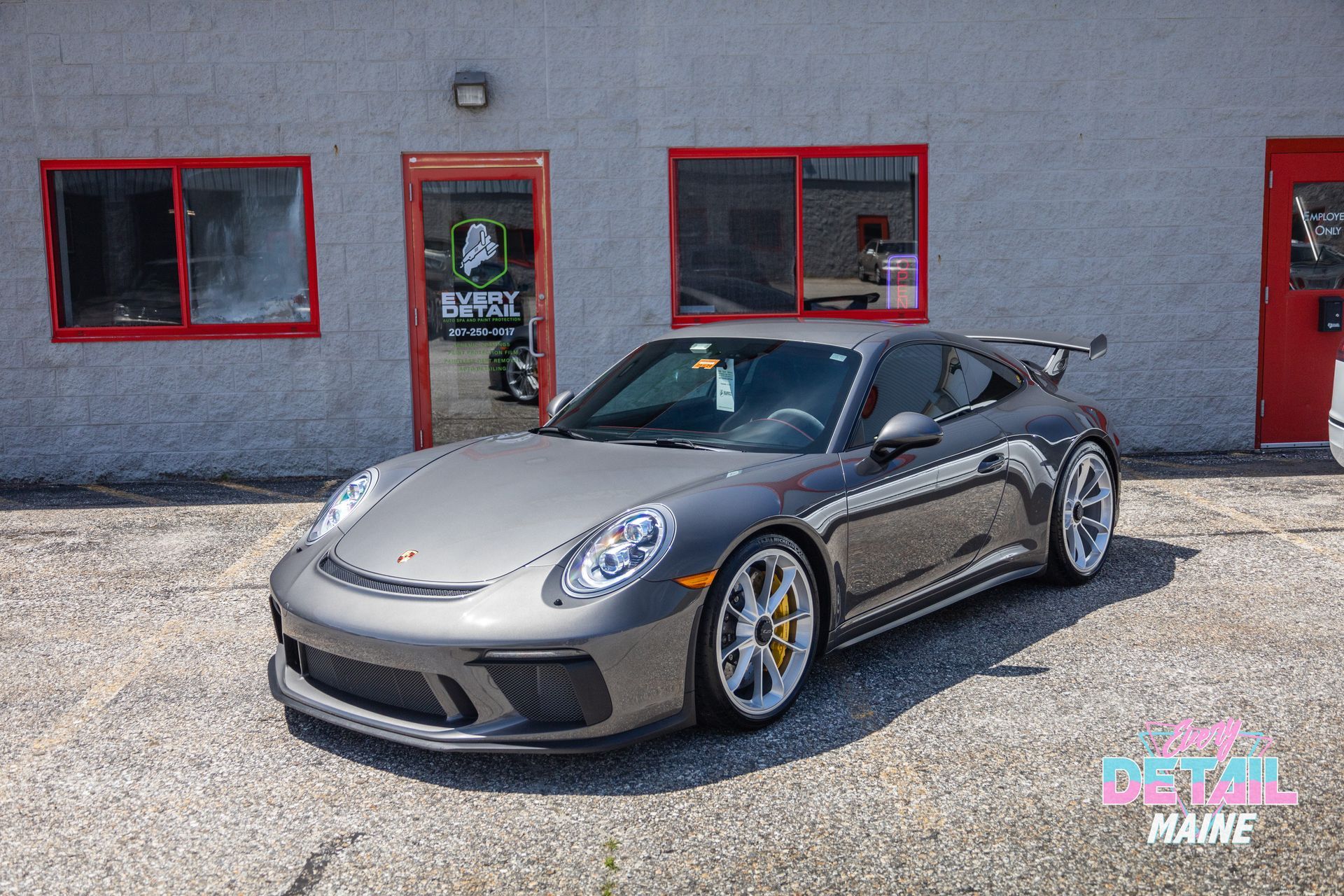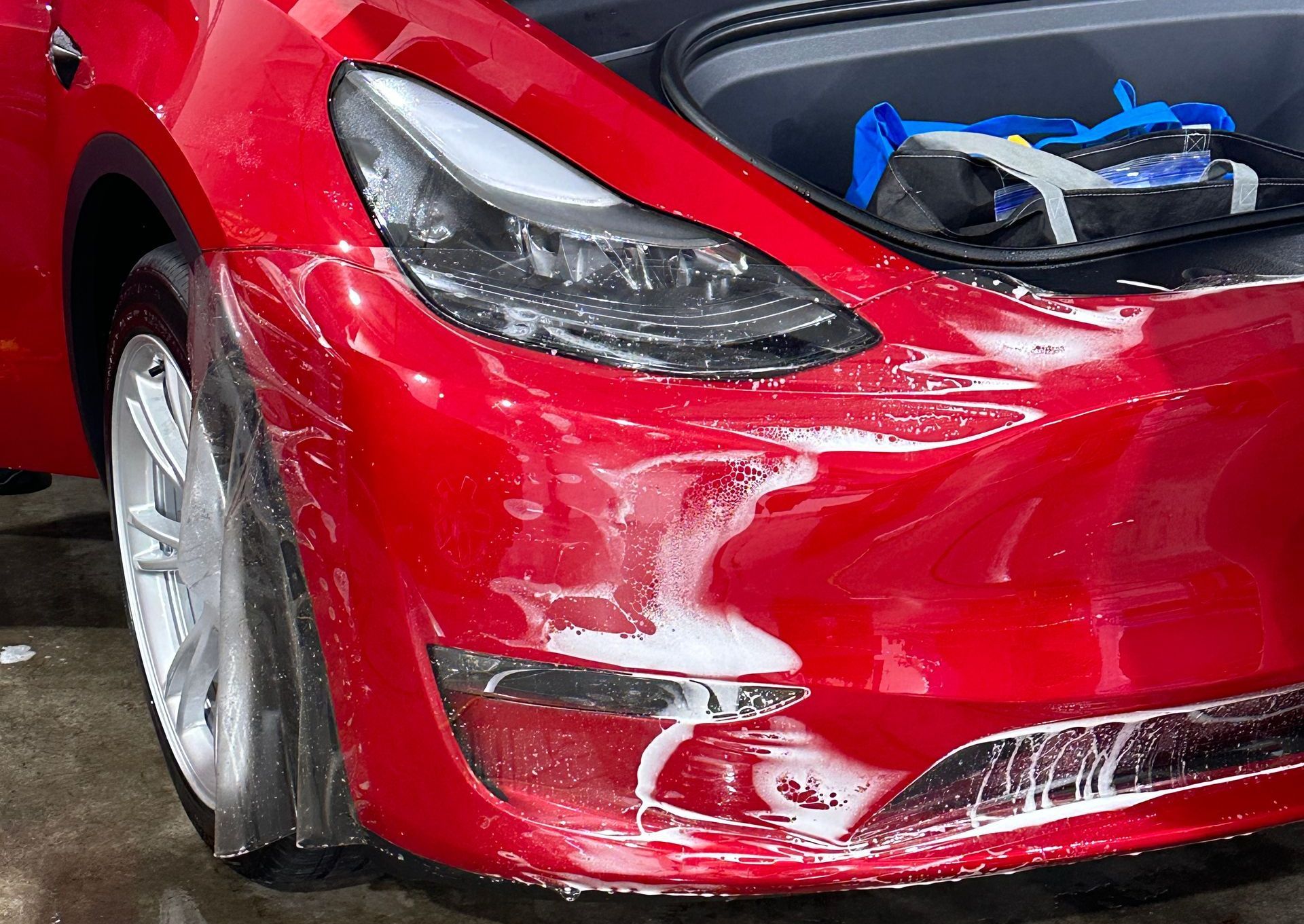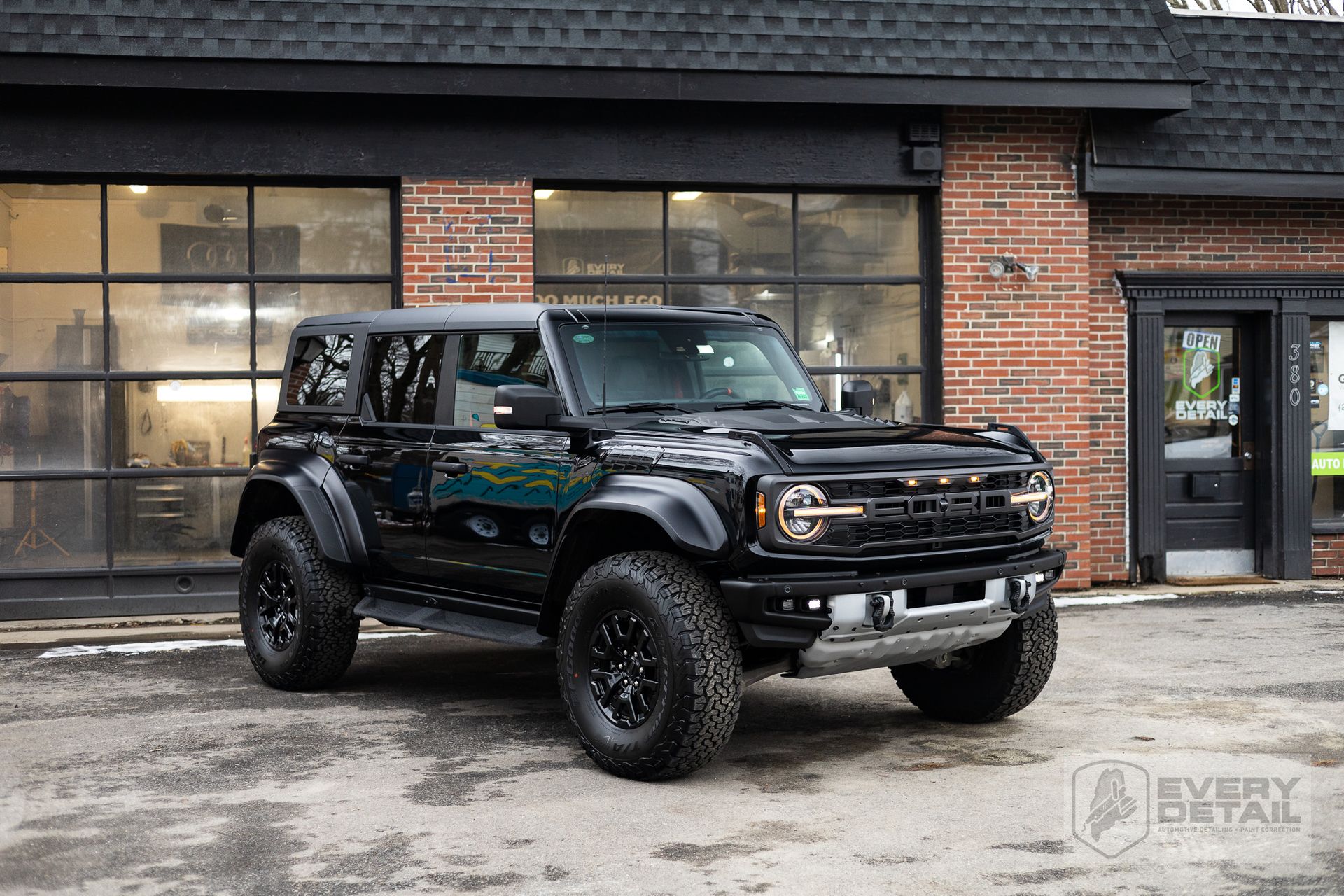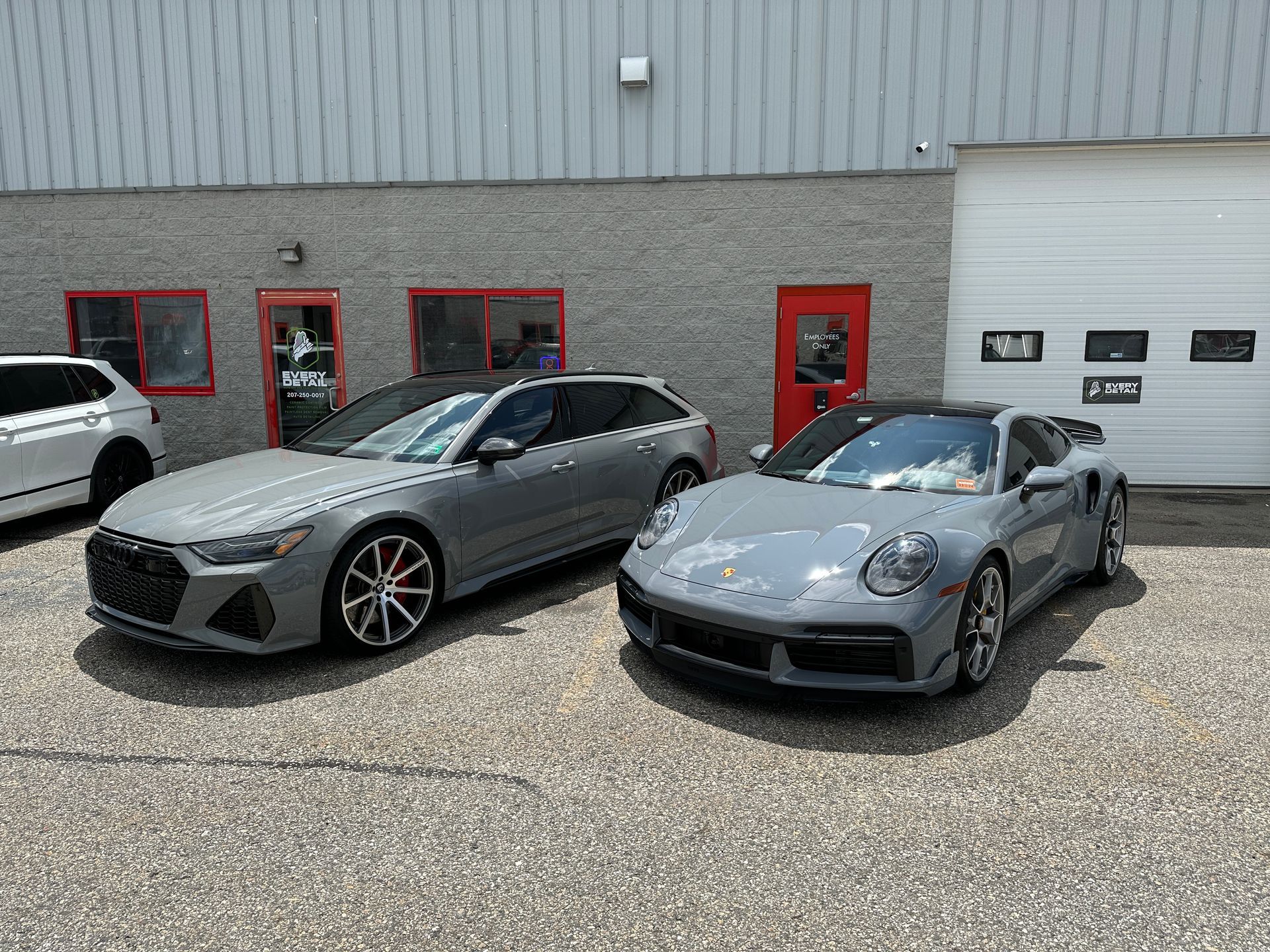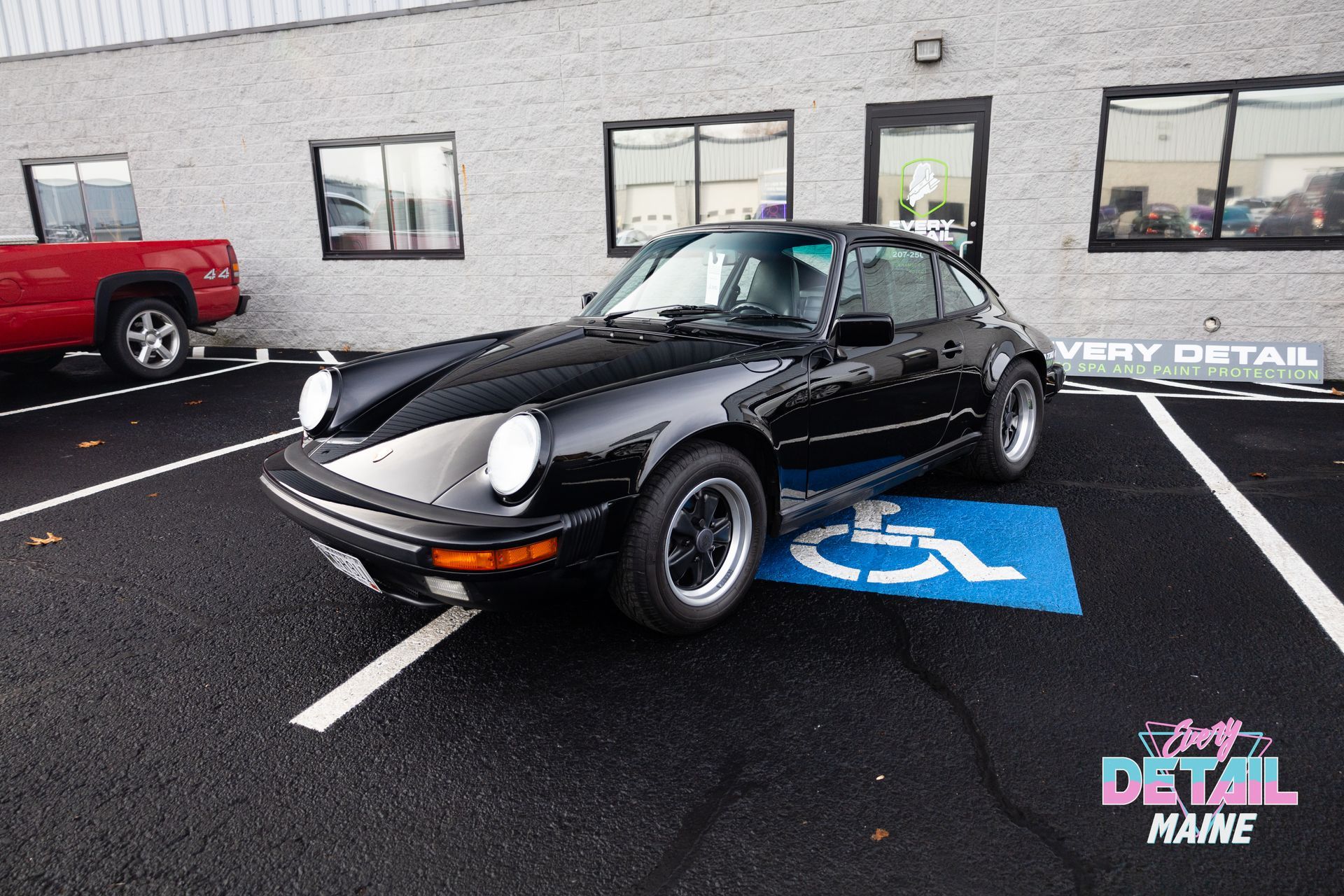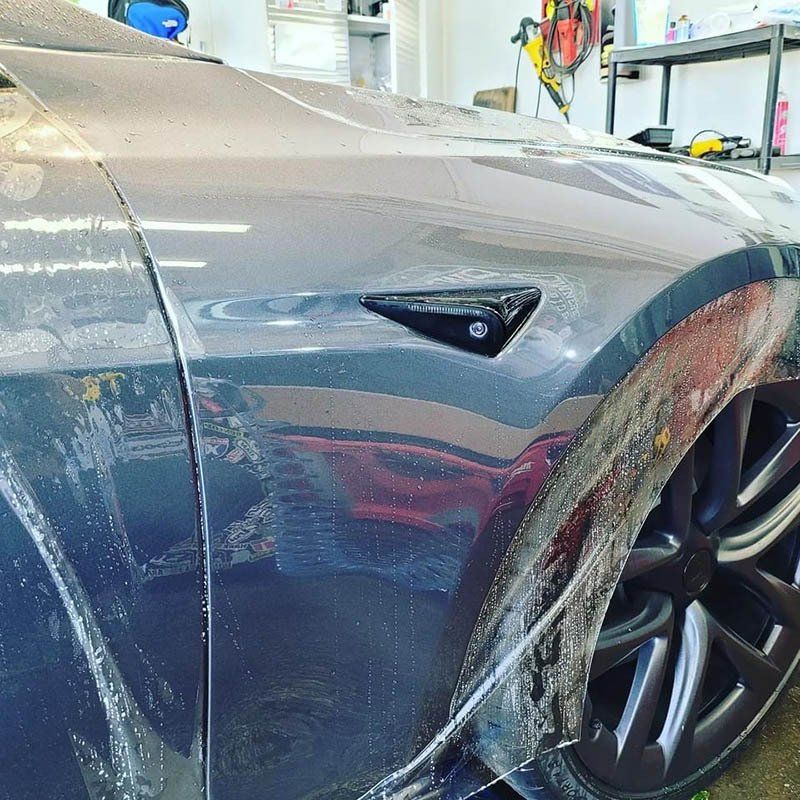How Professional Installers Ensure PPF Edges Are Seamless: Techniques You Should Know
When it comes to adding paint protection film (PPF) to your vehicle, achieving a seamless installation is crucial for both aesthetics and functionality. Many car owners assume that applying the film is straightforward, but creating those perfect, nearly invisible edges requires skill, precision, and attention to detail. Professional installers have mastered techniques that make the film appear to be part of the vehicle's original finish while providing maximum protection from scratches, chips, and UV damage.
Why Seamless PPF Edges Matter
Seamless edges serve purposes beyond mere appearance. When PPF is installed correctly with invisible transitions, it maintains your vehicle's showroom appeal while ensuring the film performs optimally. Visible seams or poorly finished edges can detract from your car's aesthetic value and create potential failure points. More importantly, seamless edges prevent dirt and moisture from infiltrating beneath the film. When contaminants work their way under the PPF, they can cause scratching, bubbling, or premature film failure. Properly sealed edges create a barrier that keeps these harmful elements away from your vehicle's paint surface. Well-executed installations also contribute to the longevity of the protection itself. Vehicles with professionally installed PPF featuring seamless edges typically experience longer film life and better overall performance compared to installations with visible seams or lifting edges.
Essential Tools for Professional Application
Professional installers rely on specialized tools to achieve flawless results. A precision utility knife allows for accurate cutting around complex contours and edges, ensuring the film fits perfectly without overlaps or gaps. The quality of the blade and the installer's cutting technique directly impact the final appearance. A high-quality squeegee designed specifically for PPF application is indispensable for eliminating air bubbles and ensuring proper adhesion. These tools allow installers to apply consistent pressure while smoothing the film against the vehicle's surface. Heat guns play a crucial role in making the film pliable enough to conform to curved surfaces and complex geometries. Professional installers use controlled heat application to soften the film without damaging its adhesive properties or causing distortion. Slip solutions, typically a mixture of distilled water and a small amount of soap, provide lubrication during initial positioning. This allows installers to make adjustments before the adhesive bonds permanently. Lint-free cloths ensure no contaminants become trapped beneath the film during installation.
Professional Installation Techniques
- Surface Preparation -The foundation of any successful PPF installation begins with meticulous surface preparation. Professionals thoroughly clean the vehicle to remove all dirt, grease, and contaminants. They use alcohol-based cleaners to eliminate any residual substances that might interfere with adhesion, followed by lint-free cloths to ensure a pristine surface.
- Precise Measurement and Cutting -Professional installers carefully measure each section before cutting the film. They typically cut the film slightly larger than the target area, providing flexibility during application. This extra material allows for fine adjustments and ensures complete coverage without the risk of coming up short during installation.
- Strategic Application Process -The application process begins with applying slip solution to both the adhesive side of the film and the vehicle surface. This creates a temporary barrier that allows for positioning adjustments before the final bond occurs. Installers carefully position the film, taking time to ensure proper alignment with vehicle contours and panel edges.
- Systematic Bubble Elimination -Using specialized squeegees, professionals work from the center of each section outward, systematically removing air bubbles and excess solution. This technique ensures even pressure distribution and prevents the formation of wrinkles or trapped air pockets that could compromise the installation.
- Heat Application for Conforming -Strategic use of heat guns helps the film conform to complex curves and tight radius areas. Professional installers maintain proper distance and movement to avoid overheating while making the film pliable enough to stretch and conform without creating stress points.
- Precision Edge Work -The final trimming phase requires exceptional skill and attention to detail. Professionals use sharp blades to create clean cuts along panel edges, around fixtures, and in tight spaces. This precision work is what creates the seamless appearance that distinguishes professional installations.
Advanced Techniques for Perfect Edges
- Edge Wrapping -One of the most critical techniques for achieving seamless results is proper edge wrapping. This involves carefully folding the film around panel edges and into crevices to create a sealed perimeter. When executed correctly, edge wrapping prevents lifting and creates a clean, finished appearance that makes the film nearly invisible.
- Heat Sealing -Controlled heat application along edges helps activate the adhesive and creates a permanent bond. Professional installers use precise temperature control to ensure proper sealing without damaging the film or affecting its optical clarity.
- Pressure Management -Consistent, appropriate pressure during application ensures proper adhesion while avoiding stretching or distorting the film. Professionals understand how to apply just enough force to eliminate air bubbles and achieve good contact without creating stress points that could lead to premature failure.
Common Installation Challenges
Air bubble formation remains one of the most frequent issues in PPF installation. Professional installers prevent this through proper squeegee technique, working systematically from the center outward and maintaining appropriate pressure throughout the process. Misalignment can create visible gaps or overlaps that compromise both appearance and protection. Professionals use reference points and take time to verify positioning before committing to the final bond. Contamination from dust or debris can create imperfections beneath the film. Professional installation environments are carefully controlled to minimize these risks, with proper lighting and clean work areas being essential components.
Professional vs. DIY Considerations
While DIY PPF installation kits are available, achieving professional-quality results requires significant skill and experience. Professional installers bring specialized tools, controlled environments, and years of experience working with different vehicle types and film characteristics. The learning curve for proper PPF installation is steep, and mistakes can be costly. Professional installers have developed techniques through extensive practice and understand how to handle challenges that arise during installation. They also typically offer warranties on their work, providing additional peace of mind. Cost considerations extend beyond the initial installation. Poor installations may require removal and reinstallation, potentially damaging the vehicle's paint in the process. Professional installations, while more expensive initially, often provide better long-term value through superior durability and appearance retention.
Maintaining Your Investment
Regardless of whether you choose professional installation or attempt a DIY approach, understanding these techniques helps you appreciate the complexity involved in achieving seamless PPF edges. Quality installation requires patience, precision, and the right tools to create results that protect your vehicle while maintaining its aesthetic appeal. The techniques used by professional installers have been refined through years of experience and countless installations. From surface preparation through final edge trimming, each step contributes to the overall quality and longevity of the protection system. When these techniques are executed properly, the result is PPF that appears nearly invisible while providing maximum protection for your vehicle's finish. Professional installation represents an investment in both your vehicle's protection and its long-term value. The seamless edges achieved through proper technique ensure that your PPF will continue to look great and perform effectively for years to come, making it a worthwhile investment for any vehicle owner serious about paint protection.
Unmatched PPF Services in Portland, ME
At Every Detail, our premium paint protection film (PPF) services keep your vehicle’s finish safe from road debris, rock chips, and Portland’s changing weather. With near-invisible coverage, PPF preserves your car’s showroom look while adding long-term durability and easier maintenance. Protect your investment and keep your vehicle shining mile after mile—schedule your paint protection film installation with Every Detail today!

